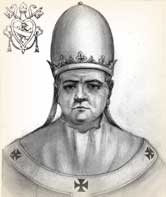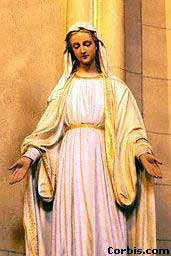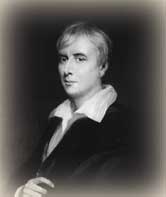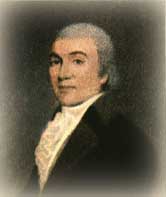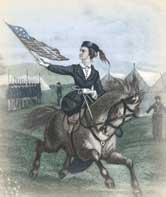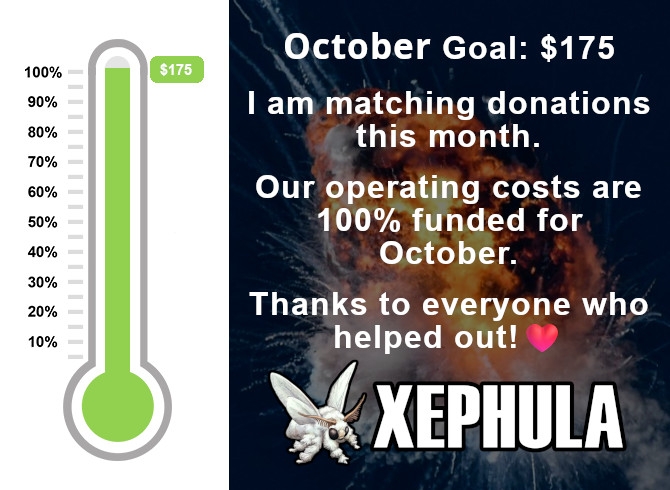Thursday, December 12, 2024
Bishop Robert Barron
Cycle C
Feast
Advent
2nd wk of Advent
Our Lady of Guadalupe
Bible References
Luke 1:26-38,
Luke 1:39-47
Friends, today we celebrate the great feast of Our Lady of Guadalupe. What followed the apparition of Mary at Tepeyac is one of the most astounding chapters in the history of Christian evangelism.
Though Franciscan missionaries had been laboring in Mexico for twenty years, they had made little progress. But within ten years of the appearance of Our Lady of Guadalupe practically the entire Mexican people, nine million strong, had converted to Christianity. Our Lady of Guadalupe had proved a more effective evangelist than Peter, Paul, St. Patrick, and St. Francis Xavier combined! And with that great national conversion, the Aztec practice of human sacrifice came to an end. She had done battle with fallen spirits and had won a culture-changing victory for the God of love.
The challenge for us who honor her today is to join the same fight. We must announce to our culture today the truth of the God of Israel, the God of Jesus Christ, the God of nonviolence and forgiving love. And we ought, like Our Lady of Guadalupe, to be bearers of Jesus to a world that needs him more than ever.
Gospel Reflections
Meditate on Daily Gospel Reflections from Bishop Robert Barron
Thursday, December 12, 2024
Bishop Robert Barron
Cycle C
Feast
Advent
2nd wk of Advent
Our Lady of Guadalupe
Bible References
Luke 1:26-38,
Luke 1:39-47
Friends, today we celebrate the great feast of Our Lady of Guadalupe. What followed the apparition of Mary at Tepeyac is one of the most astounding chapters in the history of Christian evangelism.
Though Franciscan missionaries had been laboring in Mexico for twenty years, they had made little progress. But within ten years of the appearance of Our Lady of Guadalupe practically the entire Mexican people, nine million strong, had converted to Christianity. Our Lady of Guadalupe had proved a more effective evangelist than Peter, Paul, St. Patrick, and St. Francis Xavier combined! And with that great national conversion, the Aztec practice of human sacrifice came to an end. She had done battle with fallen spirits and had won a culture-changing victory for the God of love.
The challenge for us who honor her today is to join the same fight. We must announce to our culture today the truth of the God of Israel, the God of Jesus Christ, the God of nonviolence and forgiving love. And we ought, like Our Lady of Guadalupe, to be bearers of Jesus to a world that needs him more than ever.
Gospel Reflections
Meditate on Daily Gospel Reflections from Bishop Robert Barron






